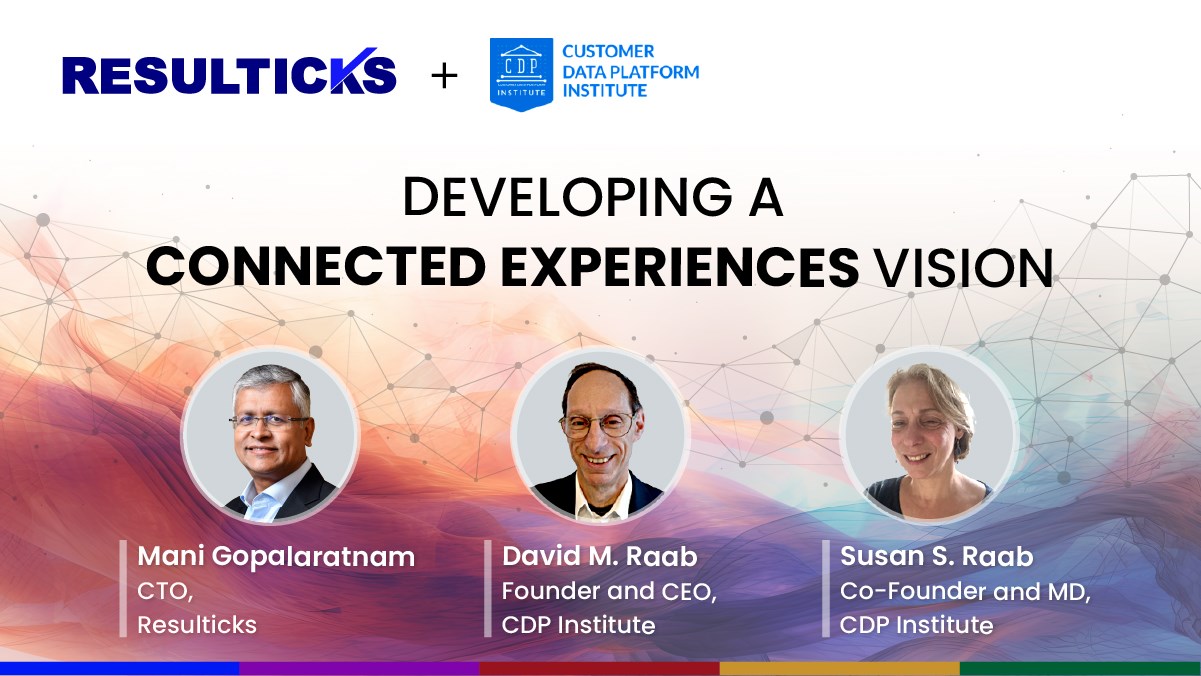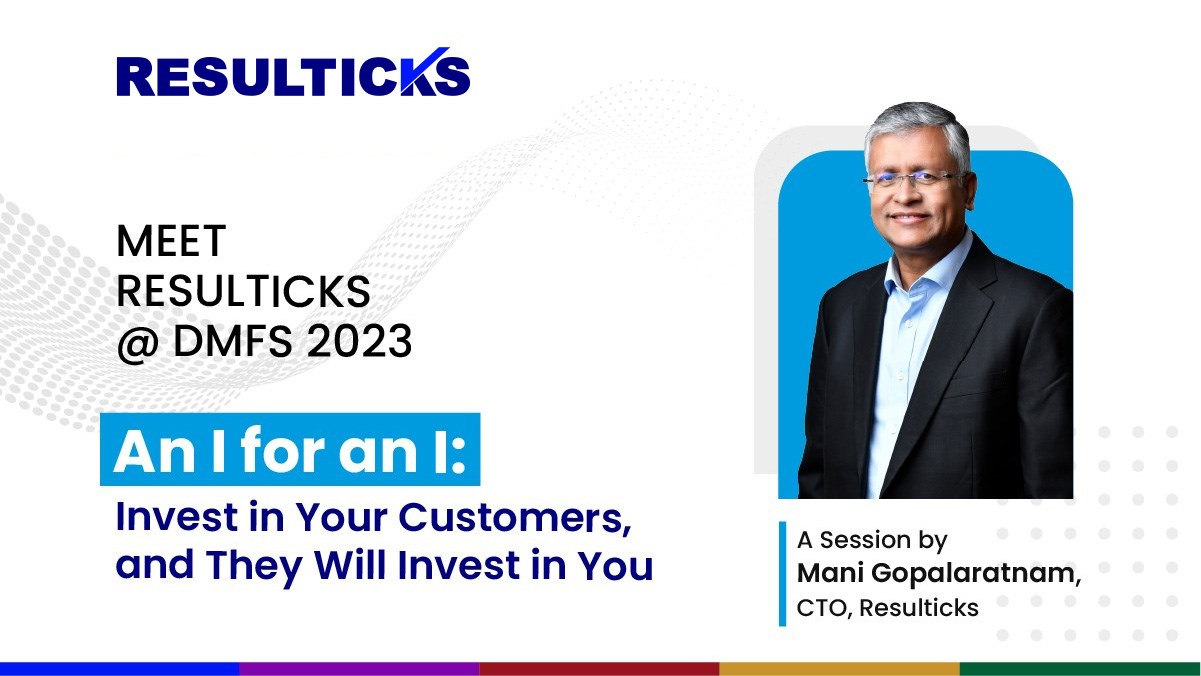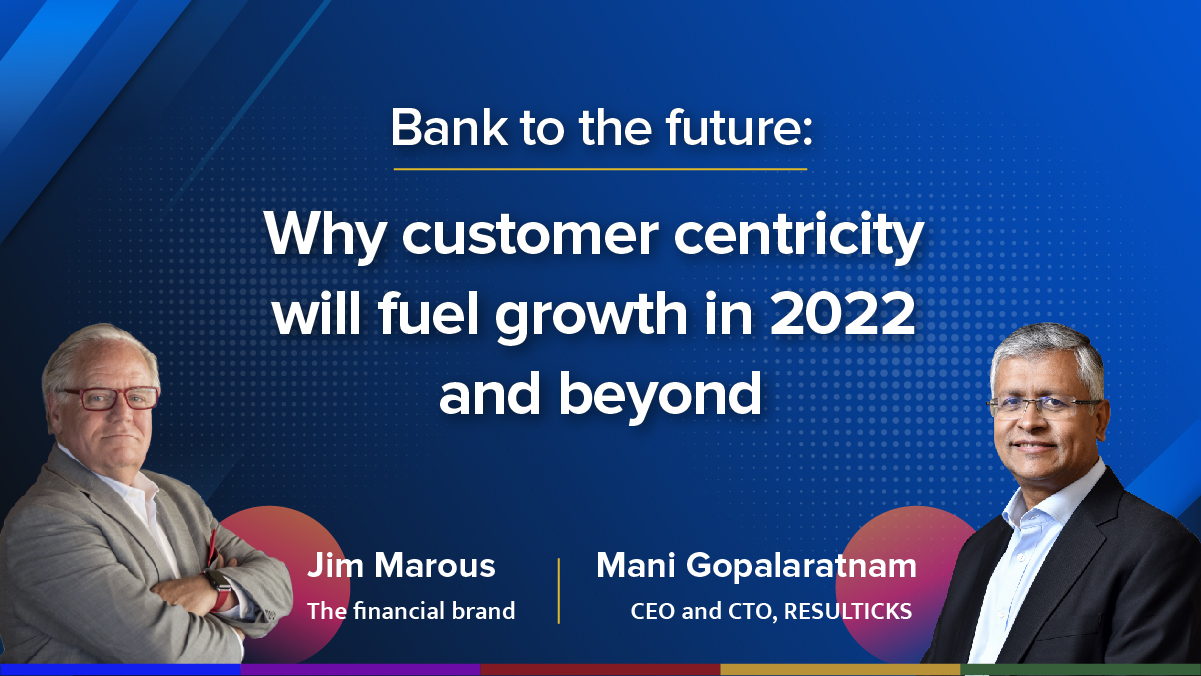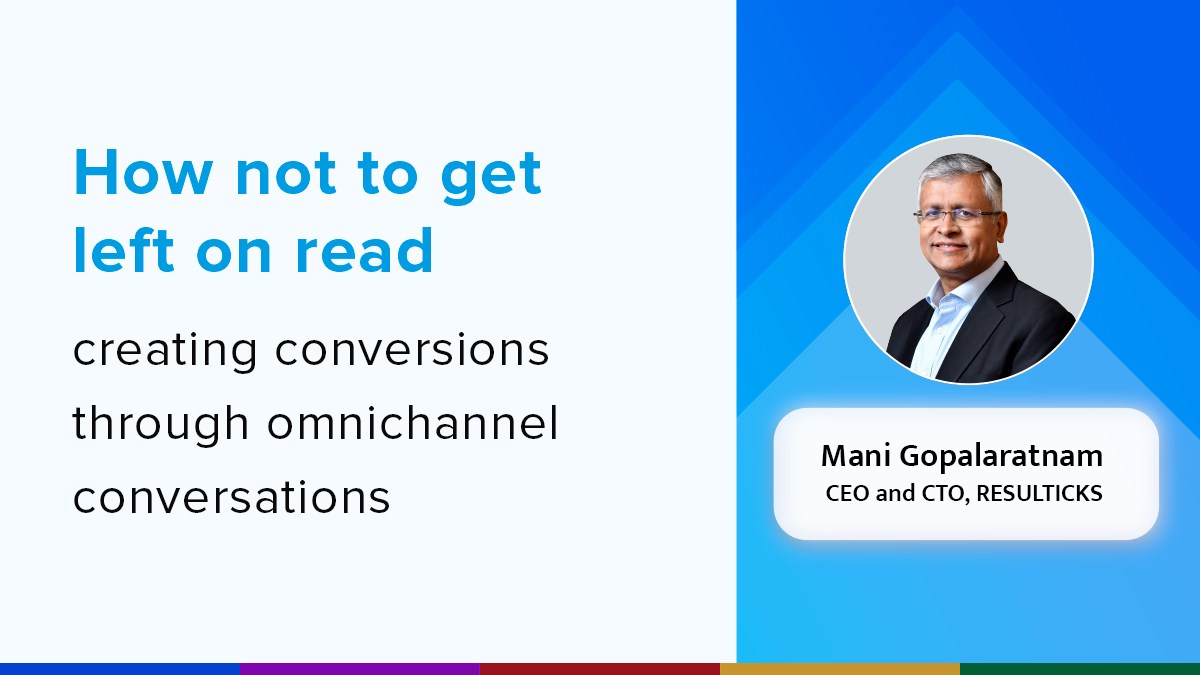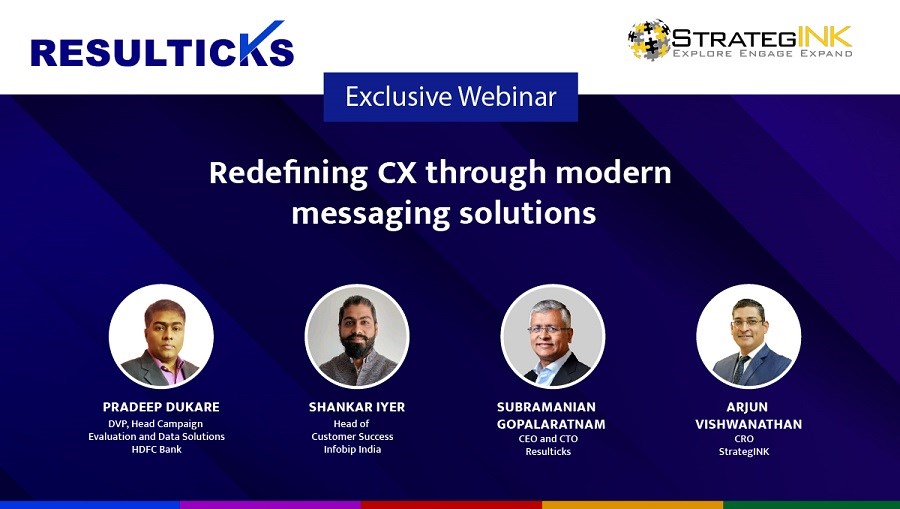A Chief Digital Officer has questions about achieving Digital Transformation Nirvana with a CDP
Keith Foster
Category
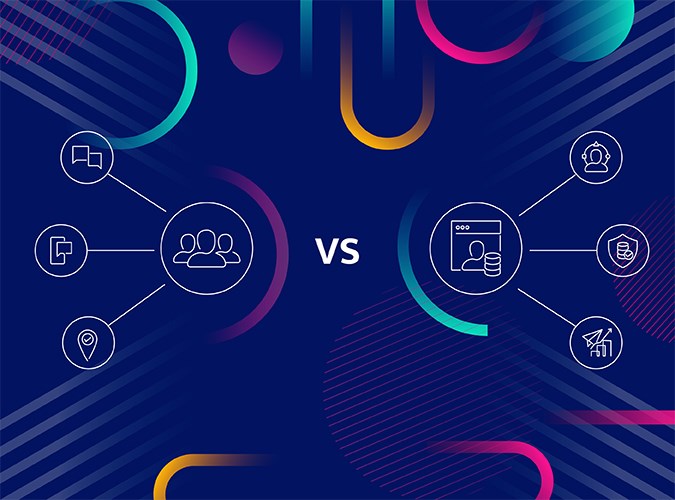
Summary
What is the Resulticks solution to a time-restricted prevalent need for digital transformation from customer data to cost savings? We replied to a newly-promoted CDO who wrote in with this question.
Dear Hugo,
I was recently promoted from Executive VP of Digital Marketing to Chief Digital Officer for a global retail company. We operate duty-free shops in airports on three continents, high-end gift shops in hotels, resorts, and cruise ships. We have multiple divisions: a brand in South America, one in Scandinavia, and another in the Mediterranean. The Mediterranean division is a recent acquisition, so their systems are totally different from what everyone else in the organization uses.
Last December, we had a leadership retreat, and one of the goals the executive team set for 2021 was digital transformation within 18 months. They’ve defined digital transformation as:
- Consolidating customer data, which currently rests in over 10 disconnected systems.
- Streamlining the processes involved with delivering marketing campaigns to our existing customer base, which should result in some cost savings.
- Marketing automation to improve customer engagement while expanding our marketing audience, which should in turn increase sales revenue.
We also have security and compliance concerns that need to be addressed.
Currently, our data is split between CRM, POS, reservation, and partner systems, in addition to loyalty apps, digital ads, social media ads, and sweepstakes contestant Lists. My team has been looking at two systems to leverage for digital transformation, our CRM, and a new CDP.
Would you please contrast CRMs and CDPs, as well as provide some guidance as to which one should receive most of our efforts and time?
Thanks Hugo, you’re a lifesaver!
-Anonymous
~~~
Dear Anonymous,
Congratulations on your promotion and the exciting project that you’re driving. As you may know, digital transformation is not a destination, it’s an MO that consistently leverages data science and innovative marketing technologies to allow an organization to compete at the highest level.
In your new role as Chief Digital Officer, you are likely trying to move your organization to a higher plane where disparate data streams are consolidated, redundant customer profiles and disconnected data puzzle pieces are unified into a single source of truth for each customer.
From there, uber-personalization will power digital interactions with your customers, allowing them to resonate as meaningful for the audience while strengthening brand loyalty for you. Analytics, lead scoring, and predictive AI will ensure that each customer is contacted at the most opportune time, via the optimal channel. With the RESUL CDP engine, all these outcomes, along with a positive ROI from a reduction in advertising waste, plus an increase in customer spending, await your organization.
Let’s look at how each of these systems can assist you in reaching your goals:
Customer Relationship Management System: The CRM is used by customer-facing team members to record interactions with prospects and customers. Sales and Customer Success teams manually document sales conversations or support tickets respectively. These records bolster future interactions with prospects and customers by providing historical data on the relationship between the organization and the individual prospect or customer.
The importance of CRMs is in direct proportion to the customer history they provide, which helps salespeople align prospects through the sales funnel, or Customer Success professionals with renewals and upselling. Marketers can augment CRM records with real-time behavioral and interest data to provide sales teams with a deeper understanding of who each contact is and how they’ve engaged with the brand.
On the other hand, since the CRM only captures the organization’s side of the interactions and not the customer’s side, CRMs are not very helpful for marketers who need a single source of truth for each customer to optimize marketing campaigns.
Before CDPs, marketers were dependent upon IT, data scientists, and ad agencies to dictate when and how they could access and deploy their organization’s customer data. Unified and actionable first-party data made easily accessible for marketing purposes is the holy grail pursued by CMOs and CDOs who need to put their marketing teams in the driver’s seat.
Customer Data Platform: A user-friendly martech system that empowers marketing professionals for seamless customer profile and journey mapping. Granting the ability to collect, consolidate, and unify data about customers’ online behavior, as well as their responses to marketing campaigns. Marketers can import attributes from their CRM system to enrich the person-level profiles stored in a CDP before activating personalized experiences across channels based on the real-time collection of first-party data from both systems.
In a nutshell, leveraging a CDP will allow your organization to get precise insights on who your customers are and how they engage with your business. A CDP maintains a single source of truth for each customer. CDP also allows for data activation for the purpose of audience segmentation, plus the optimization of timing and targeting of messages and offers.
With a CDP, marketing teams can focus efforts on the best customers and getting higher frequency or higher cart size. Marketing can also revive lapsed customers with laser-precise messaging designed to resonate with each individual customer. CDPs are also ideal for ethically collecting that first-party data and proving that you followed proper protocols to collect your data.
To that end, RESUL by Resulticks has one of the industry’s fastest CDP deployment schedules. It’s sold with Smart Engagement and has over 100 APIs ready to connect to the various systems in your data ecosystem. Customer data coming from multiple business units and a variety of systems will be ingested, consolidated, and filtered as it is incorporated into your CDP.
Here, macro-level reports and views would be available to your management team, but customer data would be segregated by business units. This is a pivotal feature, as it means your regional marketing teams can execute localized marketing campaigns and run localized reports, while your global executives run universal campaigns and reports for the entire organization
I hope this shed some light on your question! All the best in your new role, and if you want to know more:
Click here for the Resulticks CDP whitepaper.
Click here to request a DEMO











